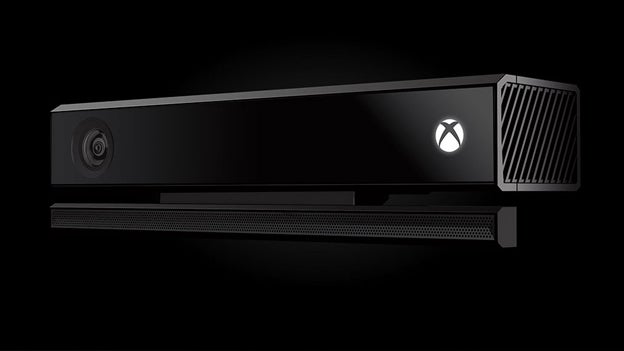Kinect facial recognition measures your features and turns you into a number

Amid a host of privacy concerns from some gamers over the new Kinect 2 motion sensing peripheral for the Xbox One console, Microsoft has explained how the device deploys facial recognition tech.
In a new Xbox Privacy Statement, aimed at offering full disclosure on all issues before the new console launches later this month, the company confirmed that data collected by the peripheral can not be used by other parties to identify console owners.
Within the document Microsoft explained that Kinect is able to recognise users by measuring their features, say the length and width of their nose, and then turns those measurements into a unique number that stays on the console and is impossible to trace back to a user.
The company explained: “Kinect creates a virtual gaming environment where your body motions and voice can be used to control gameplay and to navigate through the Service. Kinect uses an infrared sensor, camera, and microphone to make control possible.
“The camera can be used to sign you in. To do so, it measures distances between key points on your face to create a numeric value that represents only you. No one could look at the numbers and know they represent you. This authentication information stays on the console and is not shared with anyone.”
The same goes for the new Kinect Expressions feature where supporting games will allow players to control or influence the action. Microsoft said this data cannot by used to identify users, doesn’t leave the console and is immediately destroyed “once the session ends”
Microsoft also said the “skeletal movements” tracked using certain apps and games can be used to estimate exercise, but users can decide how states are managed and whether they’re shared.
The company moved to assure users that the Kinect peripheral can be turned off at any time, quelling fears that by enabling the Xbox to be switched on via voice commands, Kinect could be listening into us at all times.
Microsoft added: “You control what happens to photographs taken during gameplay and whether voice commands are captured for analysis. You can turn Kinect off at any time.”
Microsoft’s recent attempts to be as clear as possible follows growing skepticism regarding the company’s dealings with the NSA in the United States. The company admitting handing over email and Skype details to the surveillance department following security requests, leaking to an erosion of of consumer trust.
The Kinect stuff detailed above is the most interesting part of the document, but you can head over to Microsoft’s website and read the full Xbox Privacy Statement.
Via CVG


